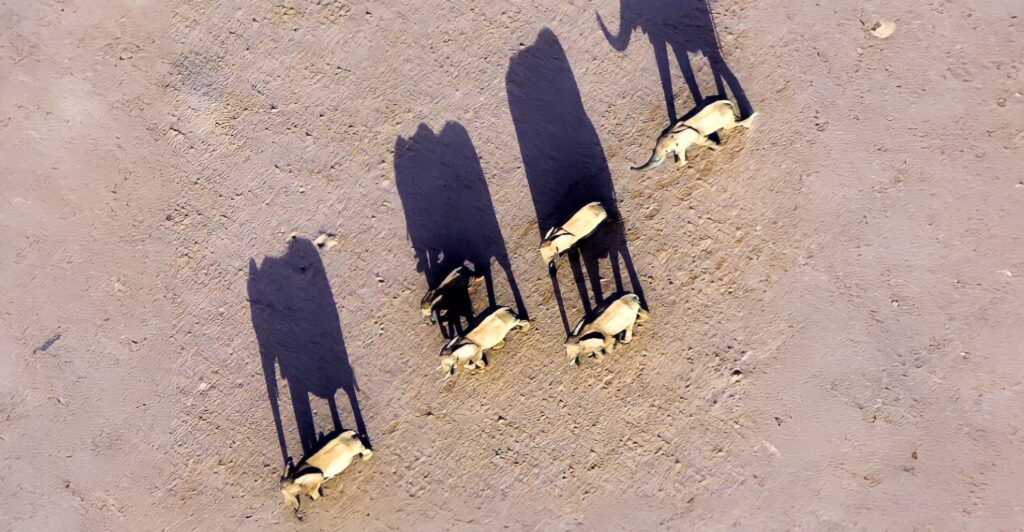
Most people have heard of an elephant graveyard at least once. The idea of elephant graveyards suggests that elephants instinctively travel to specific locations to die, creating bone-filled landscapes. This idea started with stories like The Lion King, and it just grew from there.
Where The Legend Started
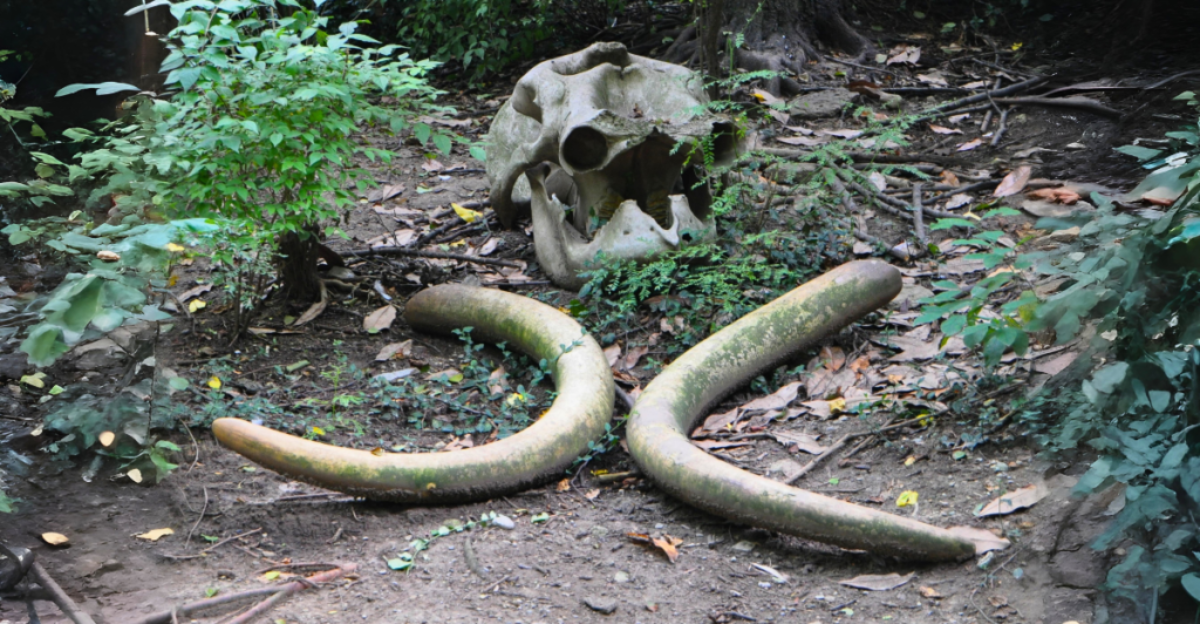
This started when people started noticing clustered elephant skeletons in certain areas. People wondered if elephants would go to these areas with the intent to die in the same place as their loved ones. These clusters may result from environmental factors like droughts or natural traps rather than deliberate elephant behavior.
Mass Die-Offs
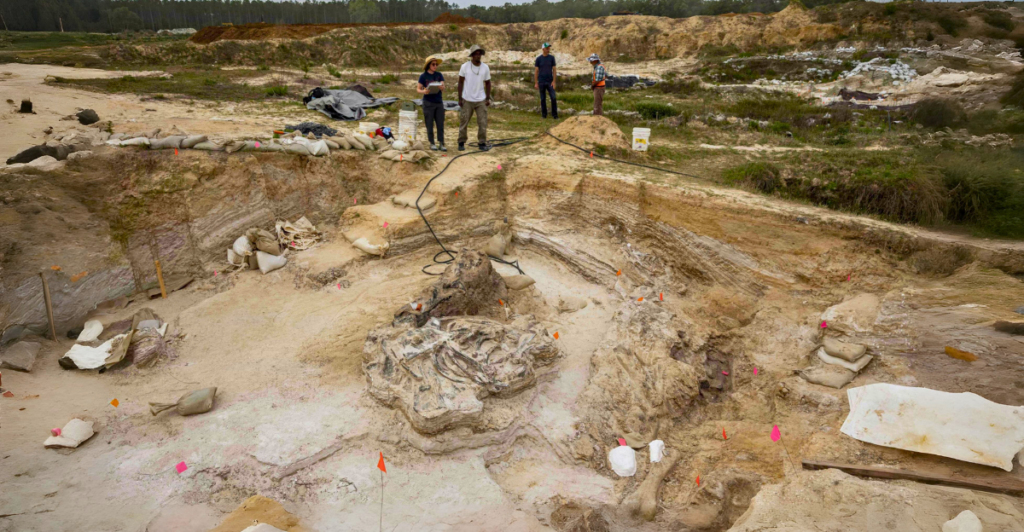
When clusters of elephant remains are found, they are usually linked to mass die-offs caused by environmental reasons. A few things can cause these clusters, like drought, poaching, and even toxic algal blooms that can poison their waterholes. Elephants travel as a family, making it more likely that they will die together if the reason is drastic enough.
Natural Traps and Geological Forces
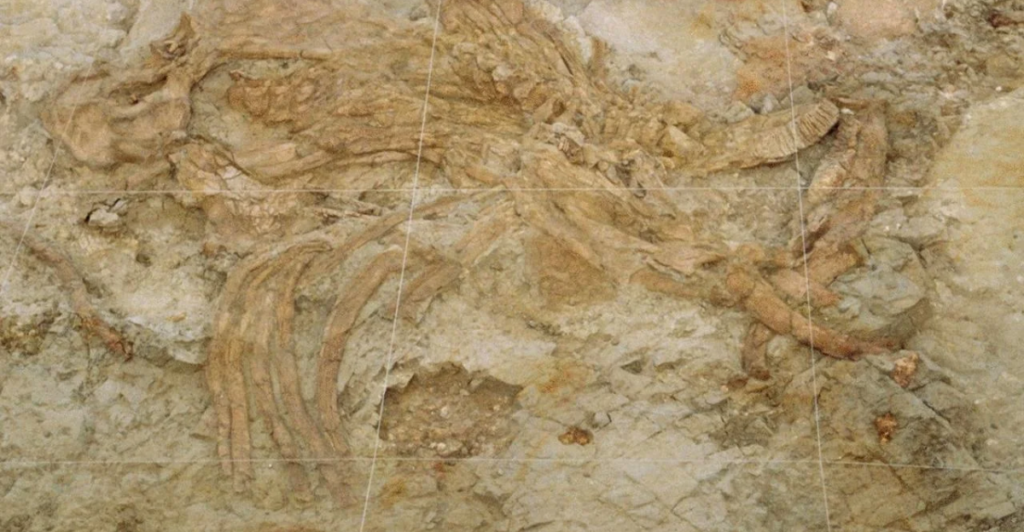
Some elephant graveyards happen by chance when natural traps come into play. For example, Orce, Spain, revealed that prehistoric elephants fell victim to quicksand over a million years ago. Incidents like this can cause clusters of elephant remains, even though they weren’t intentional.
Elephants’ Relationship with Death
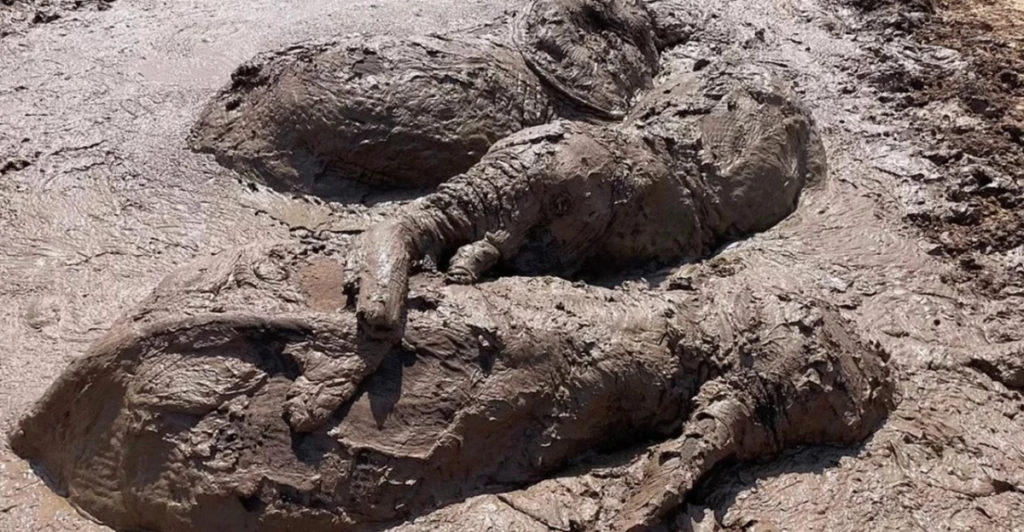
While elephants might not have dedicated graveyards, they do have an interesting relationship with death that few animals share. Elephants are known to interact with the remains of their kin, sniffing, touching, and even covering carcasses with soil or vegetation. Elephants are known to mourn one another after a loss.
Intentional Burial
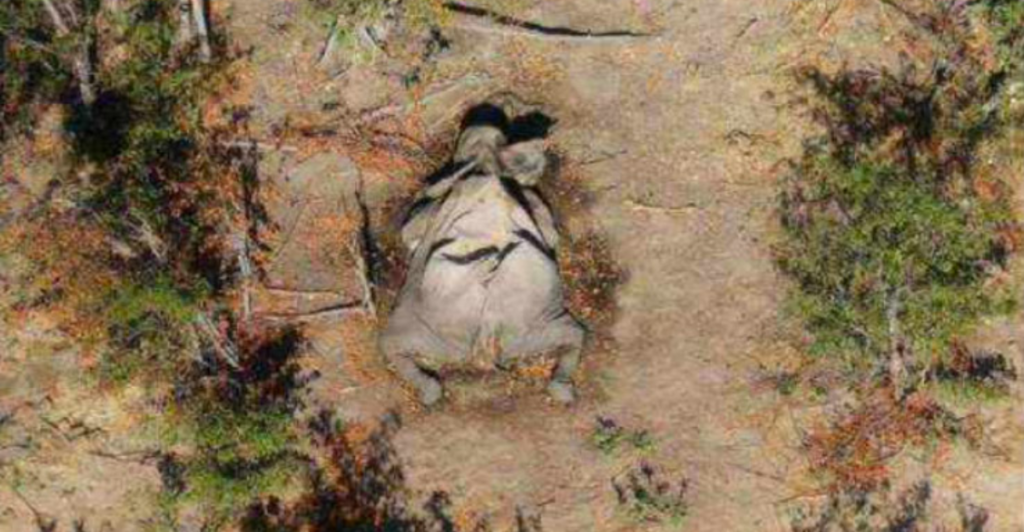
Although there is no proof that elephants have designated graveyards where they go to die, they are known sometimes to bury an elephant that has passed. Studies in India documented cases where Asian elephants appeared to bury deceased calves in trenches.
Behavioral Studies on Mourning
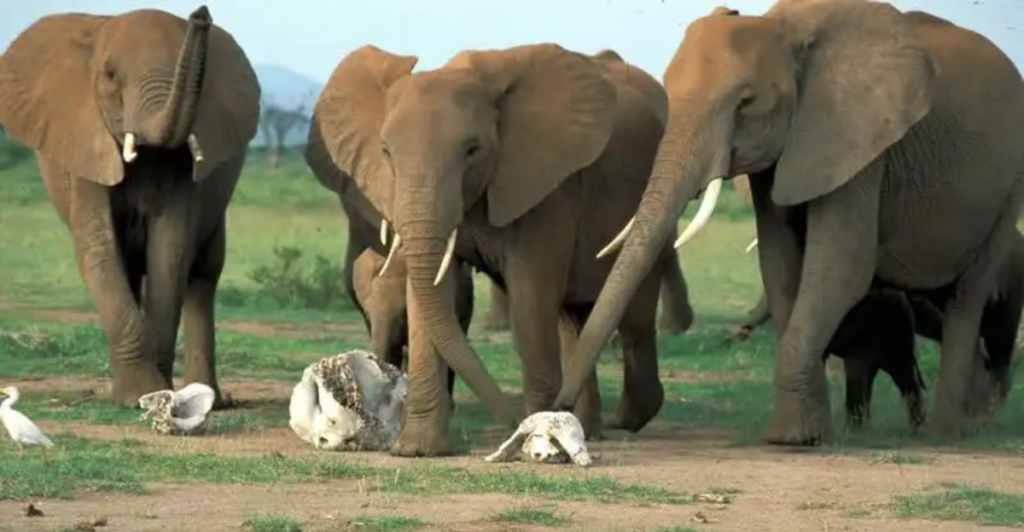
Controlled studies reveal that elephants show greater interest in elephant bones than other species’ remains. They often revisit carcass sites, suggesting an emotional or cognitive connection to death.
Environmental Factors Behind Bone Accumulations
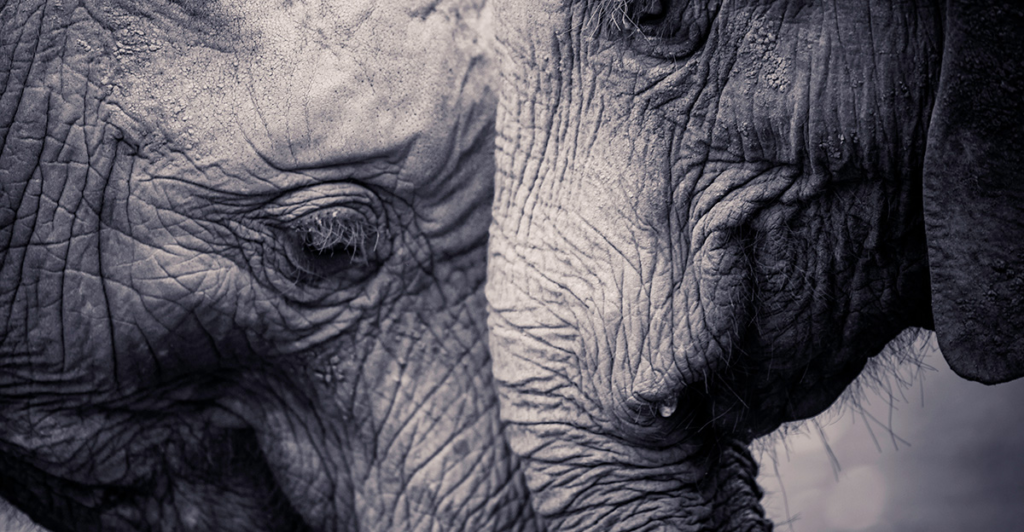
Older or sick elephants may congregate near water sources or softer vegetation in regions with scarce resources. These areas naturally accumulate bones over time as these individuals succumb to age or illness.
Prehistoric Elephant Graveyards
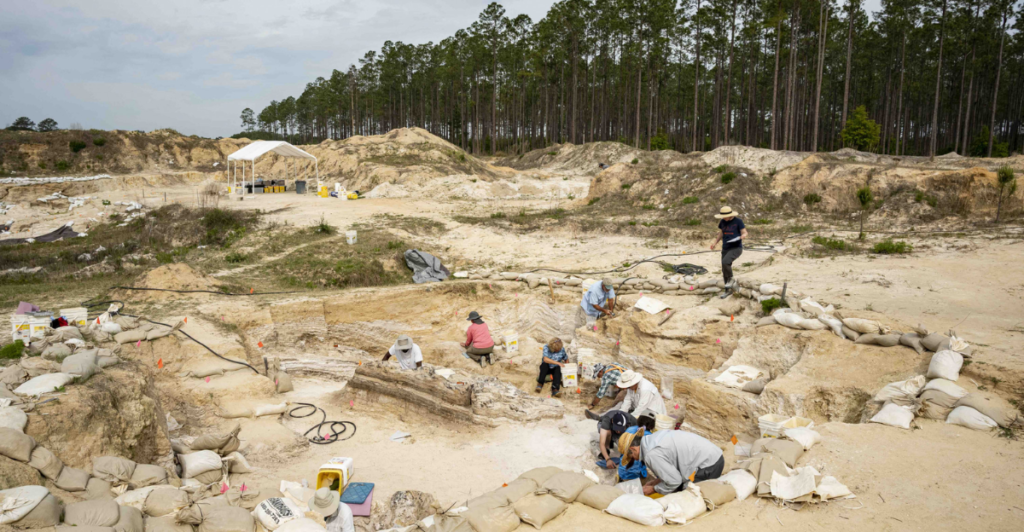
Fossilized remains of extinct relatives like gomphotheres have been discovered in concentrated areas, such as a 5.5-million-year-old site in Florida. These ancient “graveyards” were likely shaped by prehistoric river systems rather than deliberate behavior.
Scientific Skepticism

Experts like Leanne Proops emphasize that while elephants display death-related behaviors, there is no evidence they intentionally seek out specific locations to die. According to Proops, “I guess the reason we’re interested in it is because we want to know whether this shows they understand death,” Proops said. “It’s very hard to interpret, particularly when it is a rare event. We cannot confirm whether it’s a burial because it has this sort of cognitive meaning.”
The Role of Poaching
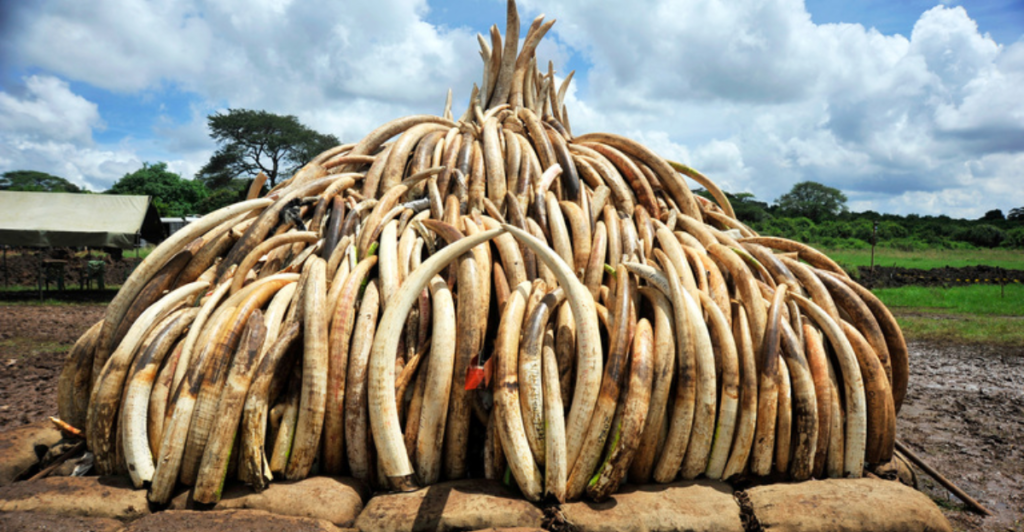
Poachers also played a big role in these bone clusters, as the animals were often hunted in herds for their tusks. This often left behind piles of bones, which also fueled the graveyard myth.
What We’ve Learned About Elephants and Death
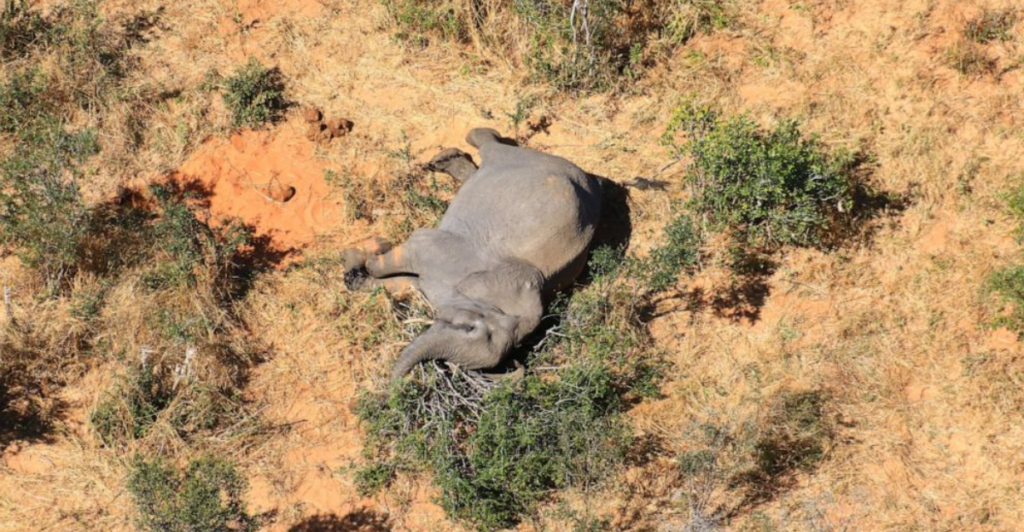
While the myth of elephant graveyards was largely debunked, studies on their interactions with death reveal profound insights into their intelligence and social structures. “We felt that [they were mourning], but it’s always difficult to anthropomorphize such behavior in a natural science journal,” said Akashdeep Roy, a researcher at the Indian Institute of Science Education and Research.
A Myth Rooted in Reality

While researchers couldn’t prove that elephants move to specific areas to die, they did note that elephants have a special relationship with death among their own. It proves these creatures have a more significant emotional understanding than we might have initially thought.
Explore more of our trending stories and hit Follow to keep them coming to your feed!

Don’t miss out on more stories like this! Hit the Follow button at the top of this article to stay updated with the latest news. Share your thoughts in the comments—we’d love to hear from you!







